Fishing
Wahoo Fishing (Tips, Techniques, and Gear)
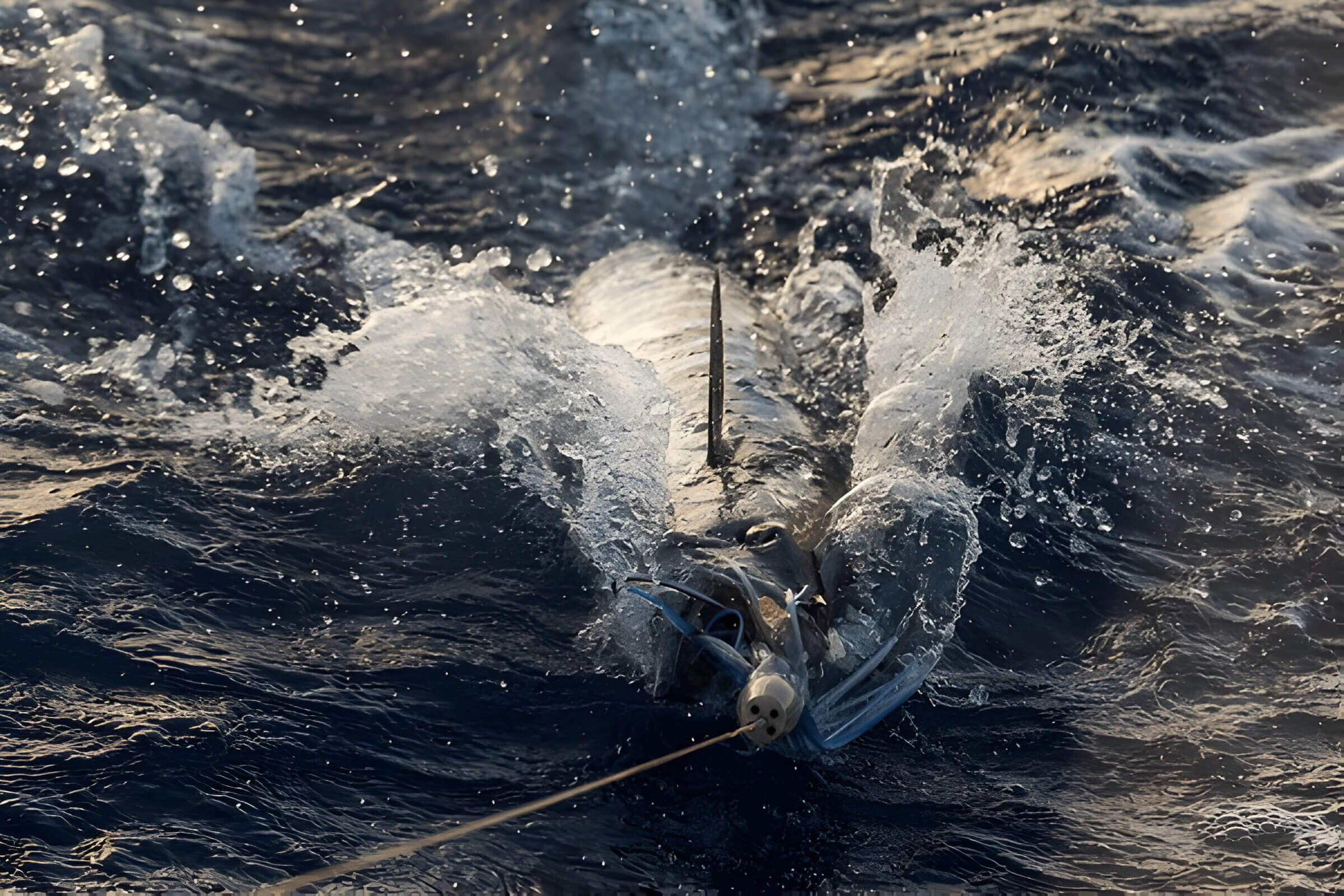
Wahoo fishing is an exhilarating sport attracting anglers worldwide due to the wahoo’s speed and challenging catch. Known for their striking appearance and fierce fight, wahoos are prized targets for both novice and experienced fishermen. This guide covers the best locations, gear, techniques, seasonal patterns for planning trips, and sustainable practices to ensure future enjoyment of wahoo fishing. Dive in to master the art of wahoo fishing!
Best Locations for Wahoo Fishing Around the World
Wahoo fishing enthusiasts are always on the lookout for the best locations to catch this prized game fish. Known for their speed and agility, wahoo can be found in various parts of the world, each offering unique challenges and experiences. Here are some top destinations for wahoo fishing that every angler should consider:
1. Bahamas: The Bahamas is renowned for its excellent wahoo fishing spots, especially during the winter months. The deep waters around Bimini and Cat Cay are particularly famous for producing large catches.
2. Hawaii: Hawaii is another prime destination where to catch wahoo, locally known as ‘ono’. The warm waters around Kona offer year-round opportunities, with peak seasons providing thrilling experiences.
3. Mexico: Off the coast of Mexico, particularly in Baja California and Cancun, anglers can find some of the best locations for wahoo fishing. These areas are known for their rich marine life and provide abundant opportunities to reel in a big one.
4. Australia: Down under, Australia offers several hotspots such as Cairns and the Great Barrier Reef region. These waters teem with wahoo during certain times of the year, making it a must-visit location.
5. Costa Rica: Costa Rica’s Pacific coast is another top destination for catching wahoo. With its diverse marine ecosystem, places like Quepos and Jaco provide excellent conditions for both novice and experienced anglers.
These destinations not only offer fantastic opportunities to catch wahoo but also promise breathtaking scenery and unforgettable adventures on the water. Whether you’re an avid fisherman or just starting out, these spots should be on your radar when planning your next fishing trip.
Essential Gear and Equipment for Successful Wahoo Fishing
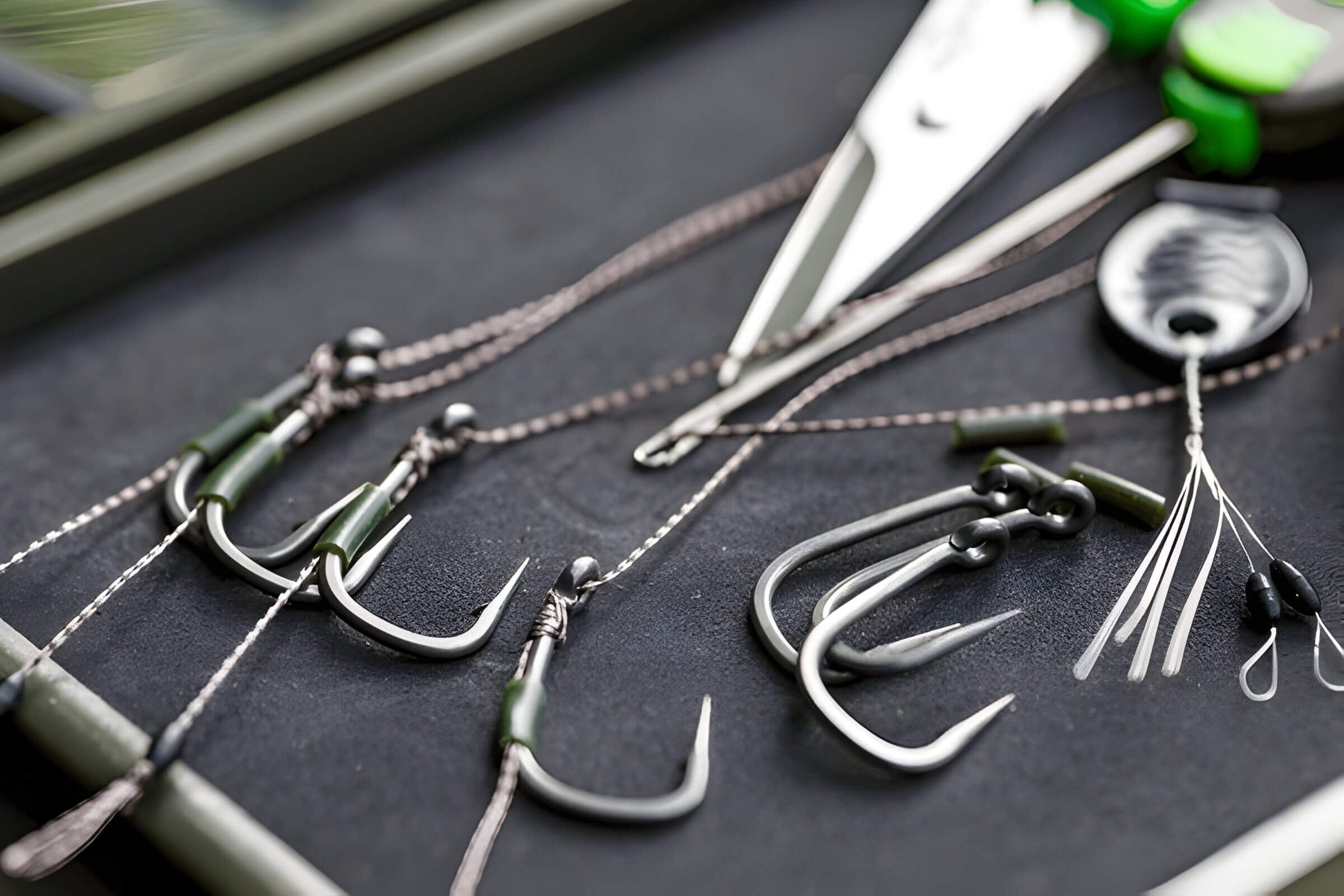
When it comes to wahoo fishing, having the right gear and equipment can make all the difference in ensuring a successful outing. Wahoo are known for their speed and strength, making them a challenging catch that requires specialized tools.
First and foremost, selecting the best rods and reels for wahoo fishing is crucial. A sturdy, high-quality rod with fast action is ideal to handle the swift runs of this powerful fish. Pairing your rod with a heavy-duty reel capable of holding substantial line capacity is equally important. Look for reels with strong drag systems to withstand the intense pressure exerted by wahoo.
In addition to rods and reels, having the appropriate tackle for wahoo fishing is essential. High-speed trolling lures such as jet heads, bullet heads, and skirted lures are particularly effective in attracting these fast predators. Wire leaders are also recommended due to wahoo’s sharp teeth, which can easily cut through standard monofilament or fluorocarbon lines.
Lastly, don’t forget about other essential gear like outriggers to spread your lines effectively and downriggers for deeper trolling if needed. With the right combination of wahoo fishing gear at your disposal, you’ll be well-prepared to tackle one of the ocean’s most exhilarating game fish successfully.
Top Techniques and Strategies for Catching Wahoos
Catching wahoos, known for their speed and agility, requires specific techniques and strategies to increase your chances of success. One of the most effective wahoo fishing techniques is trolling. Trolling for wahoos involves dragging lures or bait behind a moving boat at varying speeds and depths. High-speed trolling, in particular, can be very productive as it mimics the fast-moving prey that wahoos typically chase.
Another popular method is vertical jigging for wahoos. This technique involves dropping a heavy metal jig to the desired depth and rapidly retrieving it in an erratic motion. The quick movements of the jig can trigger aggressive strikes from these predatory fish.
When considering how to catch wahoos, it’s essential to use high-quality gear capable of handling their powerful runs and sharp teeth. Wire leaders are recommended to prevent bite-offs, and using brightly colored lures or baits can help attract their attention in deeper waters.
When is the Best Time to Fish for Wahoos?
Understanding the seasonal patterns of wahoo fishing can significantly enhance your chances of a successful catch. Wahoos, known for their speed and agility, exhibit distinct seasonal behaviors that can guide anglers on the best times to plan their fishing trips.
The peak season for catching wahoos generally falls between late spring and early fall. During this period, water temperatures rise, creating ideal conditions for these pelagic predators. In particular, the months from May to September are often cited as the prime wahoo fishing seasonality window. This is when wahoos are most active and abundant in many popular fishing regions.
Regional variations also play a crucial role in determining the best time of year to catch wahoos. For instance, in tropical and subtropical areas like the Caribbean and Gulf of Mexico, wahoos can be found year-round but are particularly plentiful during winter months due to migratory patterns that bring them closer to shorelines.
Anglers should also pay attention to lunar cycles and tidal movements as these factors influence wahoo behavior. Full moons often lead to increased feeding activity among wahoos, making it an excellent time for night fishing expeditions.
By aligning your fishing plans with these seasonal patterns in wahoo behavior, you can optimize your efforts and increase your likelihood of landing one of these impressive fish.
Ready to Take on the Challenge of Wahoos?
In conclusion, taking on the challenge of wahoos is an exhilarating experience for any angler. These fast and powerful fish demand not only skill but also the right equipment and strategy. Preparation is key—ensuring your gear is in top condition, understanding their behavior, and knowing the best fishing spots can significantly increase your chances of landing these prized catches.
Wahoos are known for their incredible speed and agility, making them a formidable opponent. They require anglers to be quick on their feet and ready to adapt to changing conditions. Utilizing high-quality lures, maintaining proper line tension, and employing effective trolling techniques are essential tactics in this thrilling pursuit.
Moreover, safety should always be a priority when embarking on any fishing adventure. Ensuring you have the necessary safety equipment and an understanding of weather patterns will help protect you against unforeseen challenges.
Are you ready to take on the challenge of wahoos? With thorough preparation, the right gear, and a strategic approach, you’ll be well-equipped to tackle these magnificent fish. Embrace the excitement and test your skills against one of the ocean’s most dynamic predators—happy fishing!
Fishing
How to Catch Flounder Fish and Elevate Your Fishing Experience
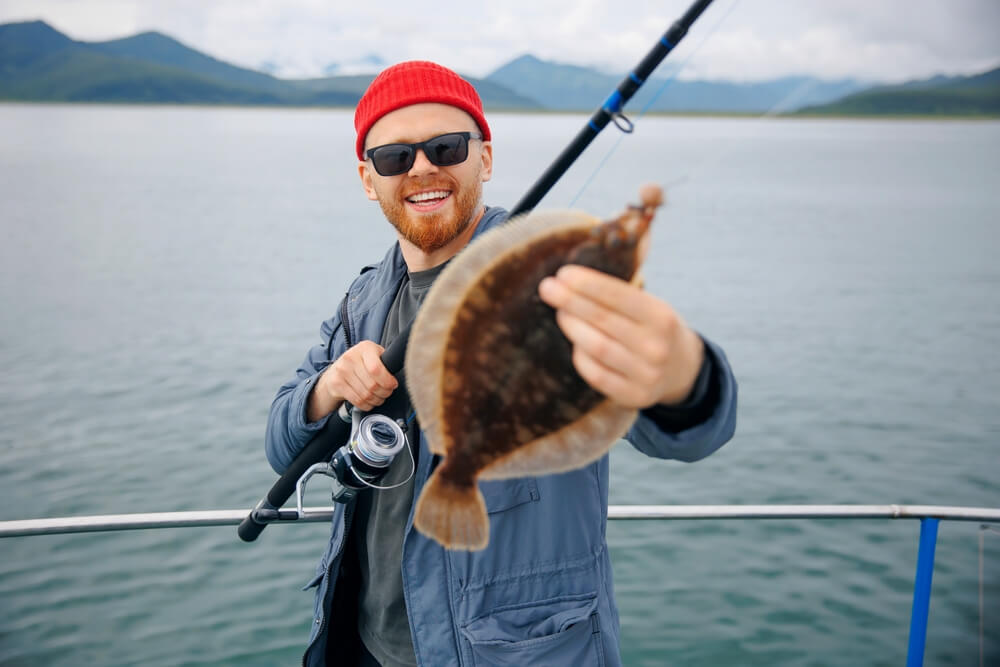
Catching flounder is an adventure that combines skill, patience, and luck. These elusive flatfish make the pursuit thrilling. This guide covers selecting the right gear, finding prime spots, mastering baiting techniques, and respecting sustainable practices. Use this knowledge to improve your success and contribute to marine conservation while enjoying this exciting hobby!
Understanding Flounder Fish and Their Habitat
Flounder fish are fascinating creatures known for their unique appearance and behavior. These flatfish are easily recognizable due to their asymmetric bodies, with both eyes located on one side of their head. This distinctive feature is a result of their developmental process, where one eye migrates to join the other as they mature.
Flounders primarily inhabit coastal waters and estuaries, thriving in sandy or muddy bottoms where they can camouflage themselves from predators and ambush prey. They are commonly found in both the Atlantic and Pacific Oceans, demonstrating a remarkable adaptability to various marine environments. Some species even venture into brackish waters, showcasing their versatility.
Understanding flounder behavior is crucial for appreciating these intriguing fish. Flounders are generally bottom-dwellers, spending most of their time lying flat on the seabed. Their diet mainly consists of small fish, crustaceans, and other invertebrates, which they capture using a sudden burst of speed.
By exploring the habitat and behavior of flounder fish, we gain valuable insights into the complexities of marine life and the delicate balance within aquatic ecosystems. Whether you’re an angler seeking to catch them or simply a marine enthusiast curious about underwater life, understanding where flounders live and how they behave enriches our knowledge of these remarkable sea dwellers.
Essential Gear You Need for a Successful Flounder Fishing Trip
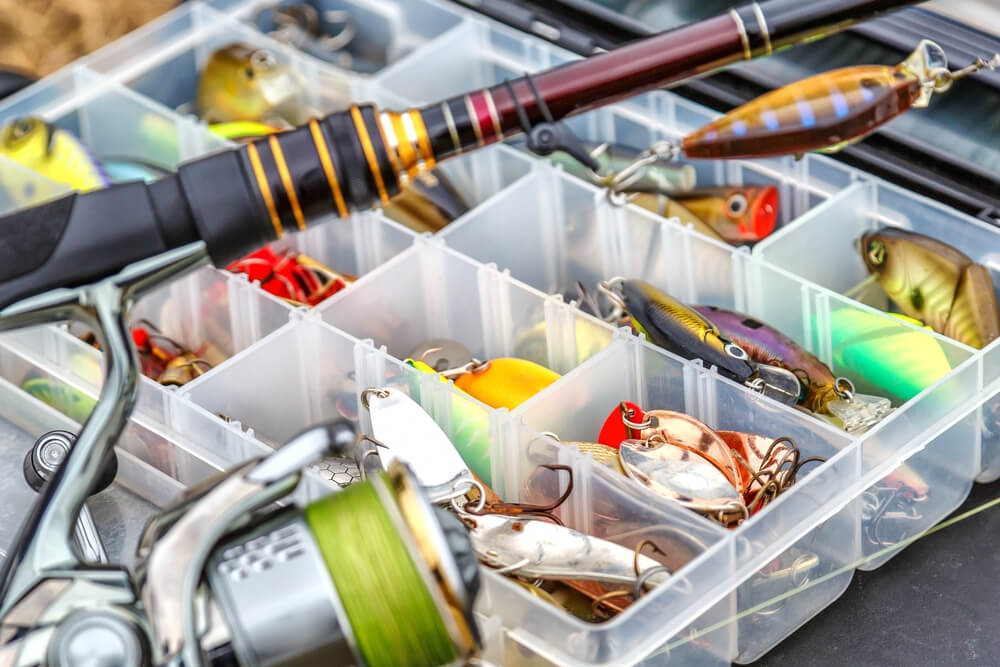
When preparing for a successful flounder fishing trip, having the right gear is crucial. The essential flounder fishing gear includes a well-balanced rod and reel, appropriate tackle, and other necessary equipment to enhance your chances of a good catch.
Firstly, selecting the best rod and reel for flounder is fundamental. A medium-light to medium-action spinning rod paired with a spinning reel is ideal for targeting these flatfish. Look for rods that are around 6 to 7 feet in length; they provide the sensitivity needed to detect subtle bites while offering enough strength to handle larger fish.
Next, consider the best tackle for flounder. Flounders are bottom dwellers, so using bottom rigs like Carolina rigs or fish finder rigs can be very effective. These setups allow your bait to move naturally along the seabed where flounders hunt. For hooks, opt for size 2/0 or 3/0 circle hooks as they increase the chances of a secure hook-up without deeply hooking the fish.
Don’t forget about essential fishing equipment such as high-quality fluorocarbon leader lines which are less visible underwater and reduce line abrasion against rough surfaces. Additionally, having an assortment of live baits like minnows or shrimp can significantly improve your success rate since these baits closely mimic the natural prey of flounders.
Lastly, investing in a good pair of polarized sunglasses will help you spot flounders more easily in shallow waters by reducing glare on the water’s surface. A sturdy landing net will also come in handy when bringing your catch aboard without causing harm to either you or the fish.
By equipping yourself with this essential gear, you’ll be well-prepared for an enjoyable and productive flounder fishing trip.
Where to Find Flounder Fish in Abundance
Flounder fishing is a popular activity for anglers seeking both the thrill of the catch and the reward of a delicious meal. Understanding where to fish for flounder can significantly increase your chances of success. Here are some of the best locations for flounder fishing that have earned a reputation as hot spots for catching this sought-after species.
1. Coastal Estuaries: Coastal estuaries are prime locations for flounder fishing due to their brackish waters, which provide an ideal habitat for flounders. These areas often have abundant food sources, making them attractive to flounders. Look for estuaries with sandy or muddy bottoms where these flatfish like to hide.
2. Inlets and Channels: Inlets and channels are also excellent spots to find flounder in abundance. The moving water in these areas brings a steady supply of food, attracting flounders who lie in wait on the bottom. Focus on areas with strong tidal currents as they tend to be more productive.
3. Nearshore Reefs and Wrecks: Nearshore reefs and wrecks offer another fantastic opportunity for catching flounder. These structures provide shelter and feeding grounds, making them hotspots for various fish species, including flounders. Drifting over these areas or anchoring nearby can yield impressive results.
4. Grass Flats: Grass flats are shallow regions covered with seagrass that serve as nurseries for many marine species, including juvenile flounders. As these young fish grow, they remain in these nutrient-rich habitats until they reach maturity, making grass flats reliable locations throughout much of the year.
5. Beaches and Surf Zones: Don’t overlook beaches and surf zones when searching for where to fish for flounder. During certain seasons, particularly late summer through early fall, large numbers of flounders move into shallower waters closer to shorelines in search of prey like small baitfish and crustaceans.
By targeting these best locations for flounder fishing you’ll enhance your chances significantly at landing this prized catch consistently throughout different times of year!
Bait and Techniques: Mastering the Art of Luring and Hooking Flounders
Mastering the art of luring and hooking flounders requires a combination of the right bait, effective techniques, and an understanding of flounder behavior. When it comes to selecting the best bait for flounder, live options such as minnows, shrimp, and finger mullet are highly effective. These baits mimic the natural prey of flounders and can entice them to strike.
To understand how to lure flounders effectively, it’s crucial to consider their habitat. Flounders often reside near sandy bottoms, estuaries, and coastal waters where they can camouflage themselves while waiting for prey. Using a slow and steady retrieval technique with your bait can mimic the movement of injured prey, making it more attractive to these ambush predators.
One of the most successful techniques to catch flounders involves using a bottom rig setup with a weight that keeps your bait close to the seafloor. This method ensures that your offering stays within the strike zone of lurking flounders. Additionally, incorporating gentle jigging motions can create vibrations that draw attention from nearby fish.
Effective fishing methods also include understanding tidal movements since flounders are more active during incoming or outgoing tides when they move towards shallower waters in search of food. By timing your fishing trips around these tidal changes and using appropriate baits and techniques, you increase your chances of landing these elusive flatfish.
Mastering how to lure and hook flounders involves choosing the best bait for flounder fishing, employing strategic techniques like bottom rigs with gentle jigging motions, and capitalizing on tidal movements. With practice and patience, anglers can improve their success rates in catching this prized species.
How Nature Influences Your Chances of Success
Understanding the intricate relationship between tides and weather can significantly enhance your fishing success, particularly when targeting species like flounder fish. Tides play a crucial role in determining where and when fish are likely to be active. During high tide, water levels rise, allowing flounder to move closer to shore in search of food. Conversely, low tide often pushes them into deeper waters. By aligning your fishing schedule with tidal movements, you can increase your chances of encountering these elusive fish.
Weather conditions also have a profound impact on fishing success. Overcast days are generally considered ideal for catching fish because the reduced light makes fish less wary and more likely to venture out from their hiding spots. Additionally, moderate winds can stir up the water surface, making it easier for anglers to disguise their presence.
In summary, both tides and weather conditions are pivotal factors that influence flounder behavior and overall fishing success. By paying close attention to these natural elements, you can strategically plan your fishing trips for maximum effectiveness.
Embrace the Journey and Reel in Your First Flounder Today!
In conclusion, embarking on the journey to catch your first flounder is an exciting and rewarding experience. By understanding the habits and habitats of flounder, selecting the right gear, and mastering effective fishing techniques, you set yourself up for success. Remember to research local regulations and practice ethical fishing to ensure sustainability for future generations.
Flounder fishing not only provides a sense of accomplishment but also offers a great way to connect with nature and enjoy time outdoors. So gather your equipment, plan your trip, and embrace the adventure that awaits. With patience, persistence, and a bit of luck, you’ll soon be reeling in your first flounder. Happy fishing!
-
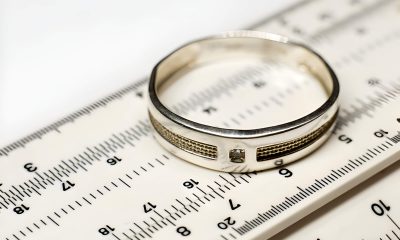
 Fashion
FashionHow to Measure Ring Size Accurately at Home
-
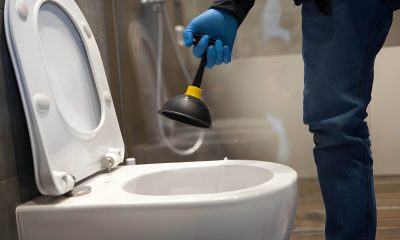
 Home & Family
Home & FamilyHow to Unclog a Toilet (A Step-by-Step Guide for Quick and Easy Fixes)
-

 Destinations
DestinationsThings to Do in Salt Lake City (Attractions, Activities, and More)
-

 Food & Beverage
Food & BeverageWhat is Boba Made Of and How to Make It
-

 Internet Business
Internet BusinessHow to Handle Blackmail on Snapchat (A Guide to Protecting Yourself)
-
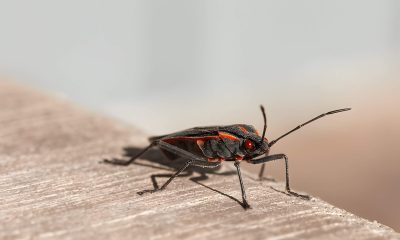
 Home & Family
Home & FamilyBox Elder Bugs- Identification, Habitats, and Control
-

 Destinations
Destinations7 Things to Do in Pigeon Forge with Kids- Creating Unforgettable Family Memories
-
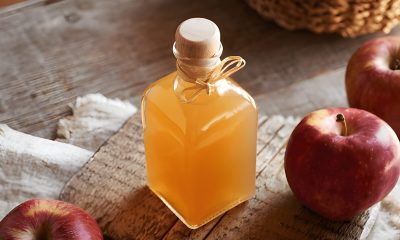
 Food & Beverage
Food & BeverageHow is Vinegar Made and How Can It Be Made at Home? A Step-by-Step Guide


